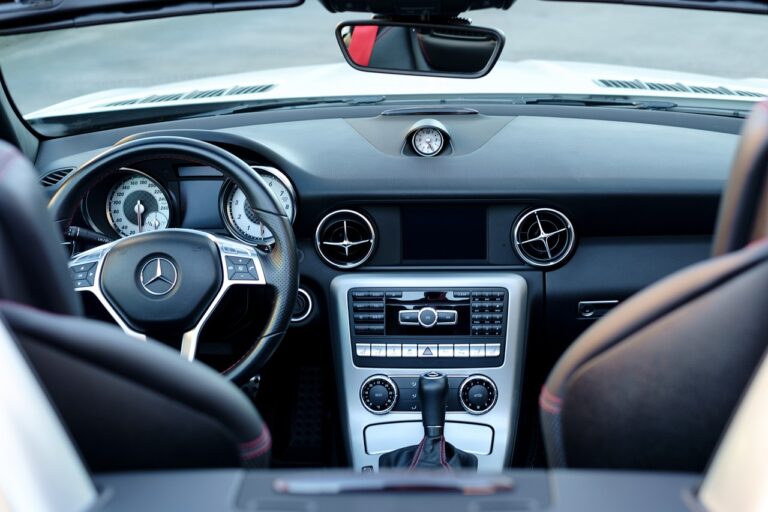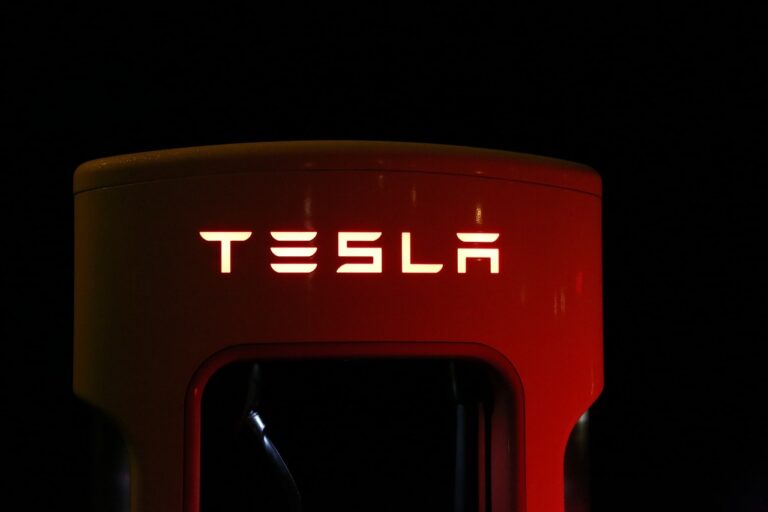The Evolution of Gap Insurance in the Auto Industry
Gap insurance in the auto industry is a type of coverage that helps protect a vehicle owner from financial loss in the event of a total loss accident. This type of insurance is specifically designed to cover the “gap” between the amount owed on a car loan or lease and the actual cash value of the vehicle at the time of the loss.
Without gap insurance, car owners may find themselves in a challenging situation where they still owe money on a vehicle that is no longer drivable, leaving them responsible for paying off a loan or lease without the asset of the car. Gap insurance is especially beneficial for those who have financed a new car with a small down payment or for those who leased a vehicle, as it ensures that they are not left with a financial burden in the event of a total loss accident.
The Purpose of Gap Insurance
Gap insurance serves as a valuable coverage option for car owners. Its primary function is to bridge the gap between the amount owed on a vehicle loan and the actual cash value of the vehicle in the event of a total loss. When traditional auto insurance payouts fall short, gap insurance steps in to cover the remaining balance, helping policyholders avoid financial strain.
This type of insurance is particularly beneficial for individuals who lease or finance a vehicle, as they often owe more than the depreciated value of the car. By including gap insurance in their coverage, car owners can safeguard themselves against unexpected losses and ensure that their financial obligations are met, providing a layer of protection and peace of mind.
History of Gap Insurance
Gap insurance, also known as Guaranteed Asset Protection insurance, has been a valuable addition to the auto insurance industry in recent years. It was first introduced in the 1980s to address a significant issue that arose with the increasing prevalence of car loans. As vehicles depreciate rapidly in the initial years after purchase, many drivers found themselves in a financial bind if their car was totaled or stolen, as their insurance payout often did not cover the remaining balance on their loan.
Initially, gap insurance was mainly offered by car dealerships to complement a buyer’s auto loan. However, as awareness of its benefits grew, insurance companies began to offer standalone gap insurance policies to customers. This evolution has made gap insurance more accessible to a wider range of drivers, providing peace of mind knowing they are protected in case of a total loss of their vehicle.
• Gap insurance, also known as Guaranteed Asset Protection insurance, was first introduced in the 1980s
• It addresses the issue of car owners facing financial shortfalls if their vehicle is totaled or stolen
• Initially offered by car dealerships, standalone gap insurance policies are now available from insurance companies
• The availability of standalone policies has made gap insurance more accessible to a wider range of drivers
• Gap insurance provides peace of mind knowing that drivers are protected in case of a total loss of their vehicle
What is Gap Insurance in the Auto Industry?
Gap Insurance is a type of insurance coverage that helps cover the difference between the amount owed on a car loan and the actual cash value of the car in case of theft or a total loss.
What is the Purpose of Gap Insurance?
The purpose of Gap Insurance is to protect car owners from financial loss in the event that their car is stolen or totaled, and the insurance payout is less than the amount owed on the car loan.
Can Gap Insurance be purchased for any type of vehicle?
Yes, Gap Insurance can be purchased for any type of vehicle, whether it is a new car, used car, or leased vehicle.
Is Gap Insurance a requirement?
Gap Insurance is typically not required by law, but it is often recommended for car owners who have financed their vehicle with a loan or lease.
How does Gap Insurance differ from regular auto insurance?
Regular auto insurance covers the actual cash value of a vehicle at the time of loss, while Gap Insurance covers the difference between the amount owed on a car loan and the actual cash value of the vehicle.







